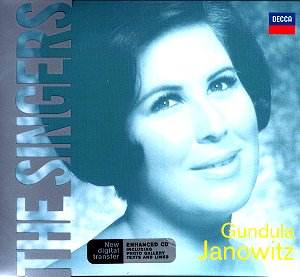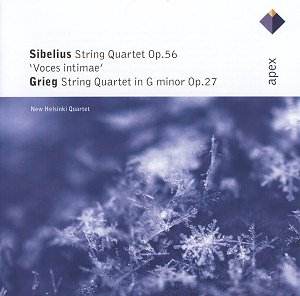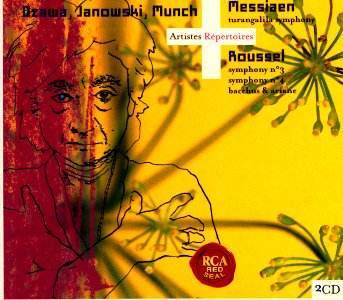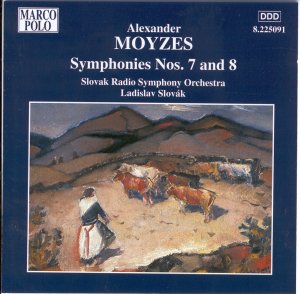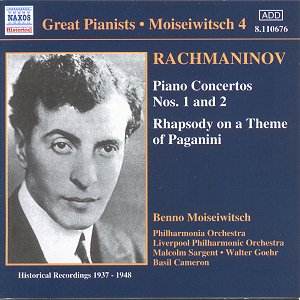 Composer: Sergei Rachmaninov
Composer: Sergei Rachmaninov
Works: Piano Concerto No. 1, Piano Concerto No. 2, Rhapsody on a Theme of Paganini
Performers: Benno Moiseiwitsch (piano), Philharmonia Orchestra, Liverpool Philharmonic Orchestra, conducted by Malcolm Sargent, Walter Goehr, and Basil Cameron
Recording: Recorded between 1937 and 1948
Label: NAXOS HISTORICAL 8.110676
Rachmaninov’s oeuvre, particularly his piano concertos, stands as a monumental contribution to the Romantic piano repertoire, characterized by lush melodies, intricate harmonies, and virtuosic demands on the performer. The present recording, featuring the illustrious Benno Moiseiwitsch, captures the essence of Rachmaninov’s artistry during a pivotal period in the 20th century. Moiseiwitsch, a celebrated pupil of the legendary Leschitizky, brings forth a distinct interpretive voice that honors the composer’s intent while imbuing the works with personal insight.
Moiseiwitsch’s interpretation of the Piano Concerto No. 1 is particularly noteworthy for its tonal richness and lyrical expressiveness. From the outset, the first movement’s dramatic opening is met with Moiseiwitsch’s nuanced touch, where his ability to blend power and sensitivity creates a compelling narrative. His command of the rhythmic subtleties and dynamic contrasts vividly illustrates the youthful exuberance that pervades this early concerto. The Philharmonia Orchestra under Malcolm Sargent complements Moiseiwitsch’s playing with a vibrant orchestral palette, their crisp articulation enhancing the concerto’s energetic motifs.
In the Piano Concerto No. 2, a staple of the Romantic repertoire, Moiseiwitsch’s performance further cements his reputation as a nuanced interpreter. The opening octave passage is executed with an impressive clarity that showcases his technical prowess while maintaining a singing legato that is quintessentially Rachmaninov. The inner voicings reveal a sophistication rarely encountered, with the left hand providing a harmonic depth that enriches the overall texture. Moiseiwitsch’s rubato is masterfully deployed, inviting the listener into a conversation with the music rather than merely presenting a performance. Each phrase is crafted with meticulous attention, allowing the emotional weight of the material to resonate profoundly.
The Rhapsody on a Theme of Paganini serves as a capstone to this collection, displaying Moiseiwitsch’s virtuosity and interpretative flair. His reading surpasses even his later recordings, where his merging of impetuosity and precision creates a dazzling effect. The delicate balance of the hands, particularly in the variations, highlights Moiseiwitsch’s coloristic abilities, ensuring that the left hand does not merely accompany but rather enhances the overall tapestry of sound. This performance captures the playful yet profound essence of Rachmaninov’s work, with each variation bringing forth a new dimension without losing the thematic integrity.
The sound quality of this Naxos Historical release is commendable, considering the recordings were made in the late 1930s and 1940s. The engineering allows for a clarity that brings out the subtleties of Moiseiwitsch’s playing, with the orchestra’s contributions well-placed and resonant. The transfers are generally faithful, preserving the warmth and character inherent in these historical performances.
Stellar performances such as these, marked by Moiseiwitsch’s unique interpretative approach, offer a necessary addition to the discography of Rachmaninov’s works. Though many may possess more modern interpretations, the historical significance and artistic merit of these recordings demand recognition. For those who appreciate the depth of Rachmaninov’s music, this collection stands as a testament to the enduring legacy of Benno Moiseiwitsch, a pianist whose artistry transcends the limitations of time.
